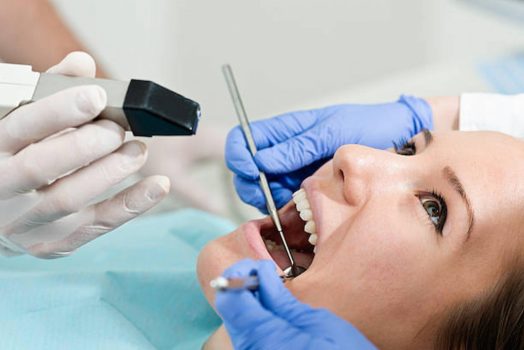New types of face lift treatments which do not require a surgical procedure and therefore benefit from minimal downtime have been around for a while now, and one of the variants which has risen in popularity over recent months is radiofrequency facelifts. Facelifts are designed to rejuvenate the skin and different techniques can offer different results. When it comes to radiofrequency facelifts, you can benefit from a toned, lifted and smooth appearance which is often closely compared to the results of a surgical facelift. To provide you with more information before you take the leap and opt for a radiofrequency facelift, we’ve put together a list of everything you need to know!
What Is Radiofrequency?
Radiofrequency is a non-invasive technique which can deliver heat energy to the skin and will therefore stimulate collagen production as part of the facelift procedure. It is an effective treatment for a broad range of issues, but most importantly for cellulite, and sagging skin. Radiofrequency facials will penetrate deep into the skin in order to tighten and improve overall tissue structure.
Types Of Radiofrequency
There are two types of radiofrequency treatments that are often used by specialists:
Unipolar
This type of radiofrequency can also be referred to as monopolar and utilises a device which features a single electrode or pole. The current from the machine will meet maximum resistance at the tip of the device, and a pad can be attached to a part of the patient’s body in order to generate a complete electrical circuit – helping to deliver the best results.
Biopolar
This utilises two poles or electrodes and as a result, the entire electrical circuit is completed within the device, so no current will flow through any other part of the body. It is the current flow within the tissue which can generate the heating effect which will create the desired effect through heating, and not the electrode itself.
Some companies may integrate the two techniques in order to deliver the best results for each patient, and the technique should be determined during the initial consultation process.
What Can Radiofrequency Facelifts Treat?
Radiofrequency face lifts are often used to treat skin laxity and can be utilised across any skin type or colour. The procedure is commonly used on the forehead in order to lift brows and tighten any loose or sagging skin, under the eyes, on cheeks, and also the jaw-line and/or neck. Interestingly, a radiofrequency facelift can be used in conjunction with other procedures, such as cellulite treatment, pigmentation treatments, hair removal and acne treatment.
Side Effects & Risks
Due to the non-surgical nature of the radiofrequency facelift, the risks and side effects are minimal. Generally, devices will be developed with inbuilt cryogenic features which will emit a cooling spray prior to the radiofrequency burst – due to the fact that the rays will deliver a deep heating sensation as the energy penetrates the skin and underlying tissue. Radiofrequency face lifts can result in swelling, redness, or bumps on the treated area, but these will generally disappear after a few days.
As you can see, there are a number of things to know about radiofrequency facelifts, but if you’re searching for a non-surgical option to obtain tight and toned skin on your face and neck without having to undergo surgery or endure downtime, then this non-surgical option could be the ideal choice for you.



